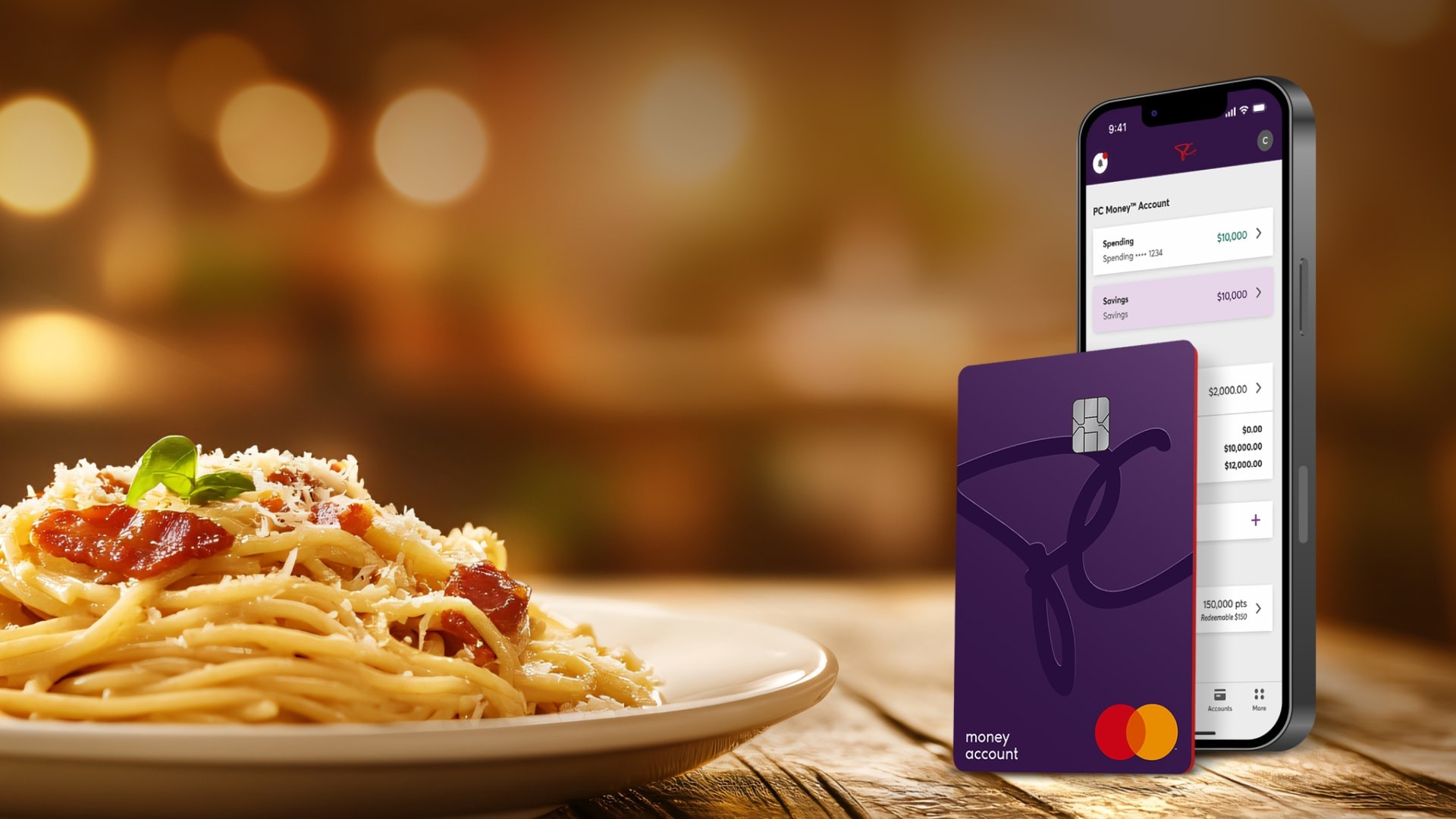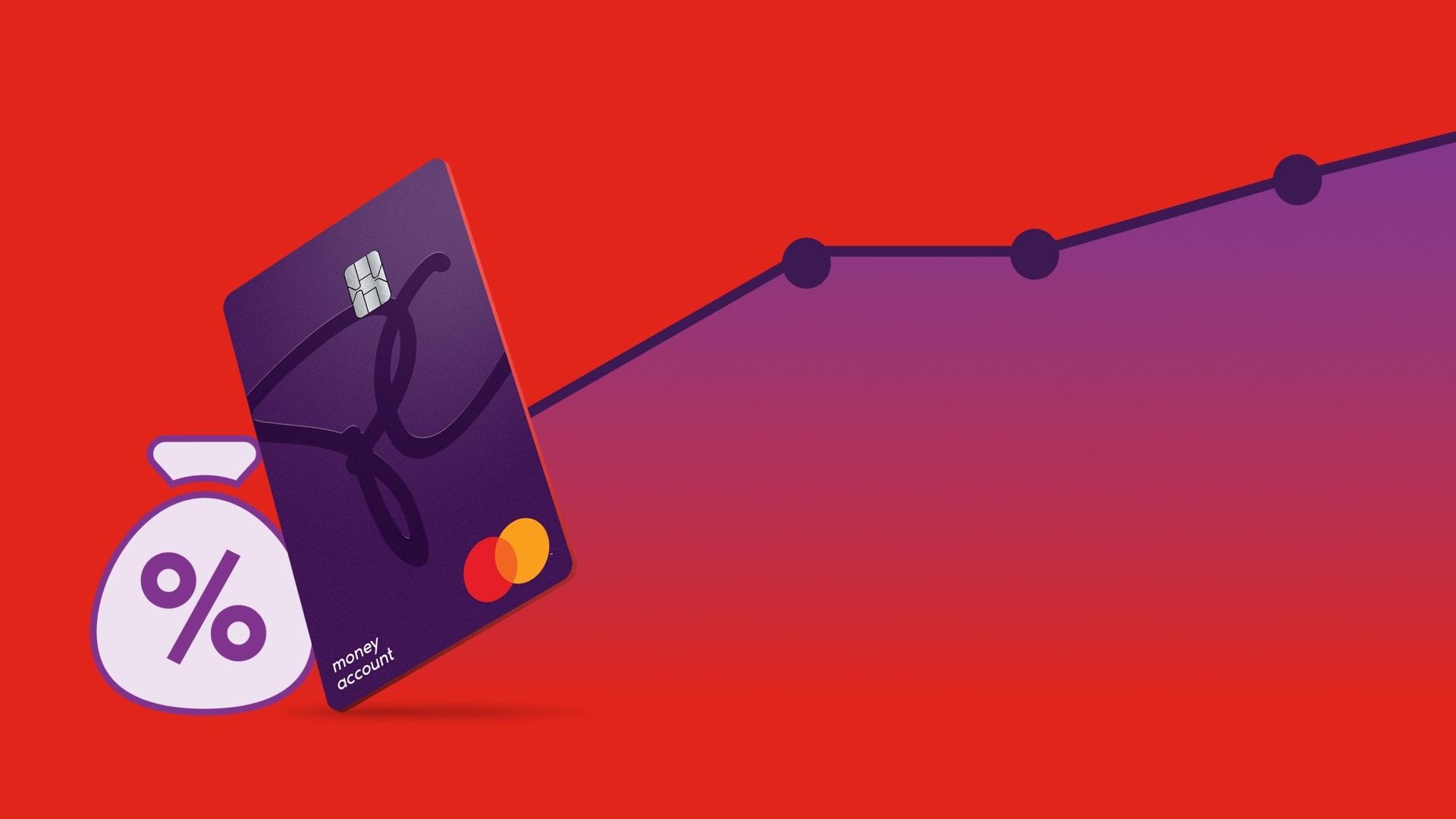Tips to Help Track Your Spending

The planning stage of a project is often the easiest part of the process. The same applies to planning your budget. While writing down your numbers is easy enough, actually following through on any financial savings plan can often prove difficult. But with rudimentary tracking of spending, you can make sticking to a budget easier.
Here are some quick steps to setting up a basic system to track your spending:
Write it down
Find a system that works for you before you start tracking your spending. Some people prefer writing all their purchases down in a notebook or in a spreadsheet on their computer. There is also a selection of software which can help you organize and document your spending. The amount of detail you choose to include depends on what works best for you.
Choose a method of payment
Depending on your spending habits, you might want to choose one method of payment and stick to it. For example, since you must physically withdraw it, some people find paying exclusively with cash is the easiest way to track where their money goes and how much they spend.
If the majority of your purchases are made online, or if you prefer paying credit to cash, you might try limiting yourself to one credit card. But make sure your credit card works for you. Use your (opens in a new window)President's Choice Financial® Mastercard® for example, and earn PC Optimum points which can be redeemed where President's Choice products are sold.
Keep a paper trail
For every purchase you make, be sure to ask for a detailed receipt. If a detailed receipt is not available, write down directly on the receipt each individual item and its approximate cost. Keep all physical receipts categorized in a folder somewhere safe in your home or keep photos of your receipts in a secure cloud online.
Online transactions usually issue receipts either directly following purchase or via email. To avoid having to print out every individual receipt, download electronic receipts and keep them in a designated folder on your computer or in a secure cloud online.
Be Honest
If you lie about spending on your personal reports, you are only lying to yourself. If you make an impulse buy you are not proud of, the best way to learn your lesson is to track the purchase and take a note for next month. Remember: the whole point to tracking your spending is understanding where your money goes.
Add it all up
Designate a time at the end of each month to go over your spending habits. Take all of the numbers in your spreadsheet or notebook and add them up. If the resulting numbers do not fit into your budget, break your list of purchases into categories to see what you are spending the most on. Take notes of what can be trimmed for the next month.
Keep Tracking
Just because you are staying within your budget does not mean you should stop tracking your spending. You never know when a discrepancy in your monthly budget might throw things off and it always helps to have a detailed list in hand for reference.
General information not about PC Financial products is provided for your reference and interest only. The above content is intended only to provide a summary and general overview on matters of interest and is not a substitute for, and should not be construed as the advice of an experienced professional. The PC Financial® team does not guarantee the currency, accuracy, applicability or completeness of this content.
.jpg)

